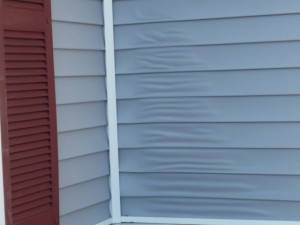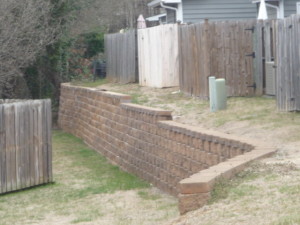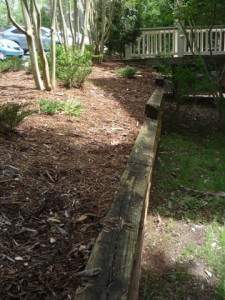If a community’s capital reserves are underfunded, a reserve study provides direction on how to properly restore the reserves to a healthy level.
A good reserve study is an excellent tool when bidding out construction work since it should hopefully include both unit prices and material quantities.
If a community is planning a new project, perhaps an addition to the clubhouse or a new playground a reserve study can include this too. Of course, you can’t expect a reserve professional to provide a quote on future work. There are too many variables, however if a contractor has already provided a quote for the work this can be incorporated into the study.
Now don’t take this as gospel, but my understanding is that if a condo or townhouse community wants to be certified for FHA loans it needs a recent reserve study. What is considered recent? I am not sure. I am guessing not older than 5 years. Maybe somebody else knows.




